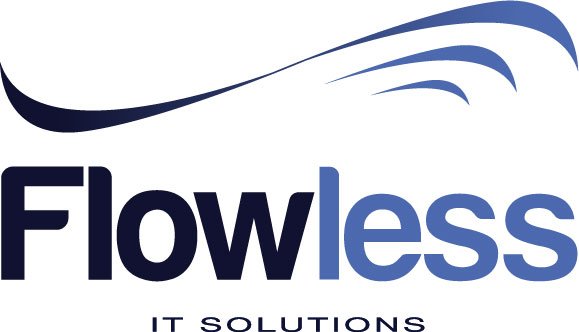Konnyaku Stone is considered as one of the tiny tools but very important in the production system of Toyota. It is commonly used to smoothen the body panels before you decided to get is painted that results to total eradication of the imperfections. Konnyaku Stone is sometimes called as “Devil Tongue” wherein its size can fist. It is not really actual stone rather it is a mix of gritty resins.
Once you apply the Konnyaku stone and brushed it across the surface of metal, you will notice that each tiny imperfections and dust marks will surely be knock off and make it feel smoother. The use of this is very important since it can help you make your Toyota vehicle become incredibly new. Because of this, most of the Konnyaku Stone becomes a part of most of the production line of vehicles including the paint shop.
Although it is not new concept to this kind of industry, it has been proven that it is effective method in the production of vehicle for more than century. That is why it is highly popular to the Toyota Production System in which it serves as the Lean Manufacturing. For many professionals, Konnyaku Stone is a kind of technique that can be employed by all the workers at all kinds of levels in order for their operations to become efficient and effective.
It has been used for many years wherein you will have the assurance that it suits for manufacturing industry that is proven successful for some quite years. Through the use of Konnyaku Stone, your vehicle will create true value that will make your customer to become highly satisfied and not a waste of investment.
Because of the best result it can provide in one vehicle of Toyota, many of the car manufacturers can ensure to you that they can provide you perfect body panels with super smooth surface. There is no doubt that this Konnyaku Stone serves as the best solutions to the manufacturer of Toyota and compromises the best results.
Konnyaku Stone will help lots of workers of Toyota to prevent mistake to their production process and avoid any error. Upon its application before the car painted, it will help to prevent some imperfections and arrange the possible mistakes to cars metal surface.
Most of the Japanese car manufacturing company use the application of Konnyaku Stone and make it as their effective method to create amazing and perfect Toyota car without having any imperfections. Since they do understand what kind of expectations their customers will provide, they ensure that all of their customers expect beyond expectations. Currently, most of the car manufacturers have now better understanding on how to make the Toyota Production System become efficient and it is by adopting the use of Konnyaku Stone.
Konnyaku Stone is the best solution for many car manufacturers when it comes to the creation of perfect vehicles. It can guarantee you that it will deliver high quality cars that you can be used for your daily transportation.
— Slimane Zouggari
